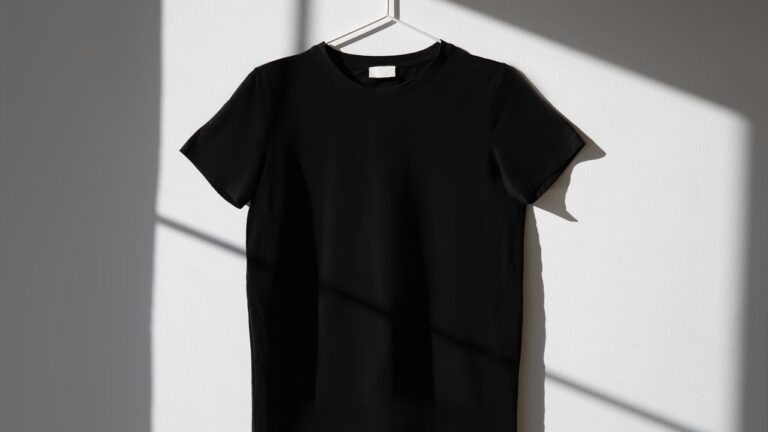Wordans will shed light on the different methods of textile personalization, available to launch your custom clothing e-commerce business.
Ready to open your online clothing business? To start your custom clothing website, Wordans advises you to select one or two of the textile customization techniques presented in this article. Do you know what is the best method to apply a logo on swimwear? Or to decorate thick fabrics? Which method is best for transfers on T-shirts? Each garment’s personalization technique can meet the needs of different types of customers, whether they are individuals, sports associations or companies. Choose the one that best suits the needs of your target audience.
Screen printing: the most common
Screen printing consists of printing ink on fabric by passing it through a mesh, as if it were a stencil. This technique of textile personalization allows to impregnate the fabric color by color. The screen printing is very widespread for the personalization of great volumes of clothing, thanks to its good quality/price ratio for the great series. It can be used on all supports, whatever the garment or the accessory which will receive the transfer. In addition, screen printing is well suited for thin fabrics and polyester textiles for which other personalization methods are not effective.

Embroidery: the most prestigious
This is the most elegant and prestigious personalization technique available. Embroidery has a long history of craftsmanship and handiwork. Today, embroidery applied to large-scale machine personalization is also the strongest and most durable way to brand a garment. The elements transferred to the fabric are firmly attached to it with the threads that make up its shape. Embroidery enhances logos and text, allowing you to offer custom textile products of unbeatable quality and durability. However, embroidery should be reserved for fabrics with a weight of more than 180g/m. Elastic fabrics cannot be embroidered since embroidery blocks movement, and some synthetic fabrics do not support this technique.

Flocking: the easiest technique
Flocking is a personalization method that consists of applying an iron-on vinyl to the fabric. The pattern or text is “glued” durably on the fabric, and is resistant to washing. Also known as “flex transfer”, the flocking technique is suitable for monochromatic and relatively simple to cut customizations, which include letters and numbers, for example. The element is first pre-cut and then placed under a heated press to be applied to the fabric. The result is smooth and shiny. While the flocking technique is simple, it is limited: it is not suitable for complex or detailed designs, and does not allow for color gradients.

Direct digital printing: the most accurate
If you want to personalize plain clothing with multiple colors, multicolored patterns or detailed images such as photos, then direct digital printing is the way to go. This ever-evolving personalization method uses a digital printer to draw patterns on fabric as a conventional printer would on paper. With direct printing, many different shades and patterns can be reproduced. Although effective, this process is not suitable for large volumes of pieces to be personalized. Finally, be aware that this method is generally only suitable for textiles made of 100% cotton or blends of materials with 50% cotton.

Sublimation: reserved for certain products
In recent years, technology has made it possible to develop a method of textile personalization that offers high quality and very precise transfers. Sublimation is a chemical process that allows the ink to melt on the fabric to be personalized. The technique allows you to print the color in the heart of the fibers. Color pigments are applied to a transfer paper and injected into the garment using a heat press. Dye sublimation printers provide excellent transfer results and a very good quality of colors and its degradations. With sublimation, logos and patterns will have a long durability on the fabric, with a good resistance to washing. But beware, sublimation is not suitable for all products: this method is reserved for polyester fabrics and only light or white colors.

Screen printing, digital printing, flocking,… as you can see, each method of clothing personalization offers different results depending on the type of products you are personalizing, the type of textile or the typography of the logos or images. On Wordans, you will find all the plain textile products (clothing and accessories) you need for your business of any textile personalization nature.
We hope that you enjoyed our article and found it useful. Discover all our products offering and more on www.wordans.ca or on our instagram page @wordans_canada.






